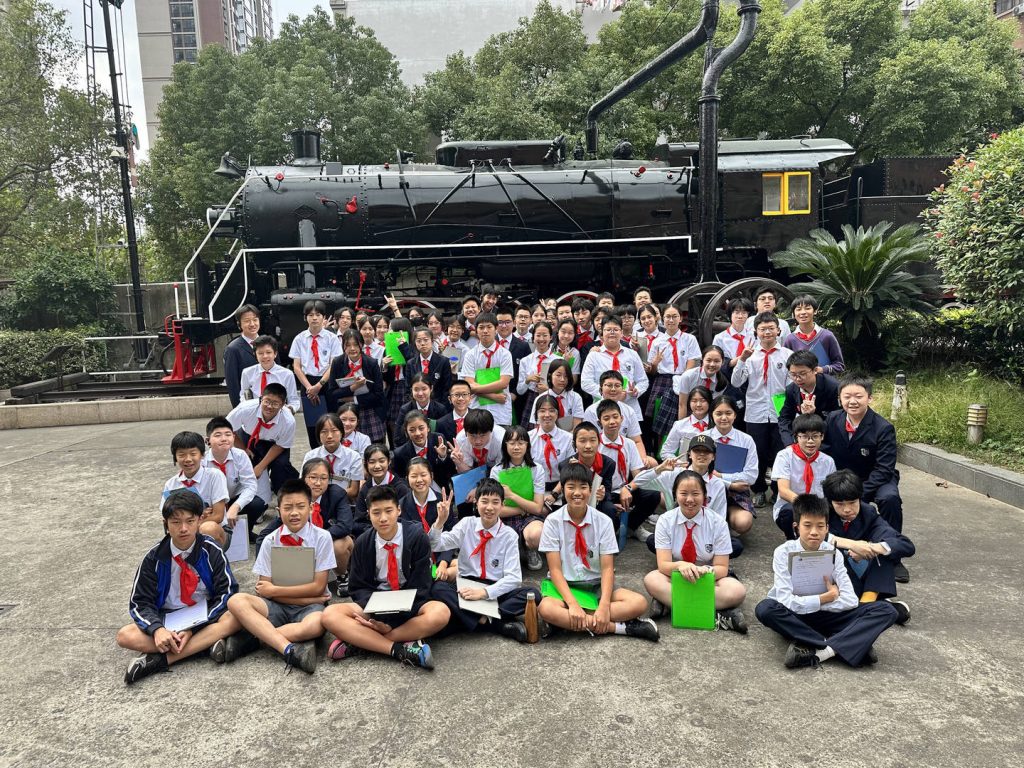PART.01
GRADE 6
Museums are important places for learning, documenting the changes of the times, and preserving the traces left by history. The Museum learning course adheres to an innovative orientation, actively engages in outdoor practical activities, strengthens the comprehensiveness and practicality of the course, promotes the transformation of educational methods, and focuses on developing students’ core literacy. On September 19, G6 students and teachers visited the Shanghai Museum of Popular Geological Science to engage in practical learning.
In the Earth Hall, the spatial position of Earth in the solar system is displayed along with treasures such as meteorites, Himalayan peaks, and oceanic rocks. Through the commentator’s explanations, the students appreciated various minerals and gemstones from around the world and encountered well-preserved sea lilies, trilobites, and ancient skulls in paleontological fossils.
Finally, we arrived at the Geological and Geomorphic Department, where students learned about earthquake theory and safety knowledge. They also experienced the power of a 5.5 magnitude earthquake simulation and watched educational videos about land subsidence.By learning in museums, students can develop a sense of responsibility for protecting the geological environment.
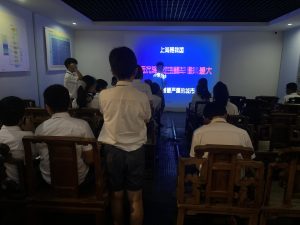
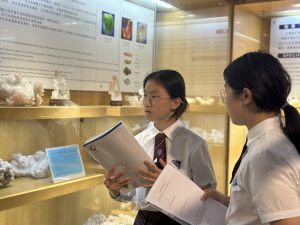
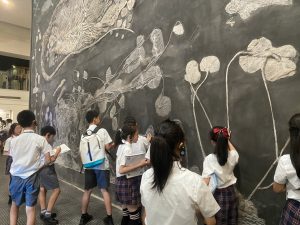
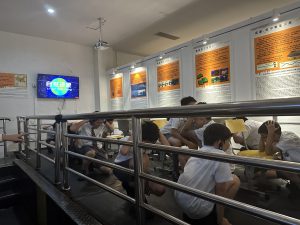
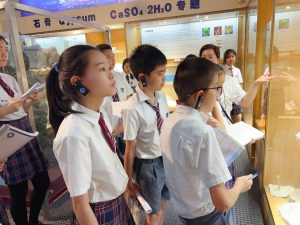
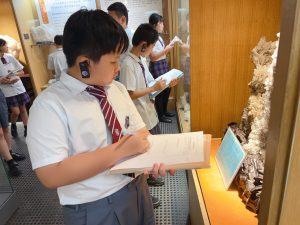
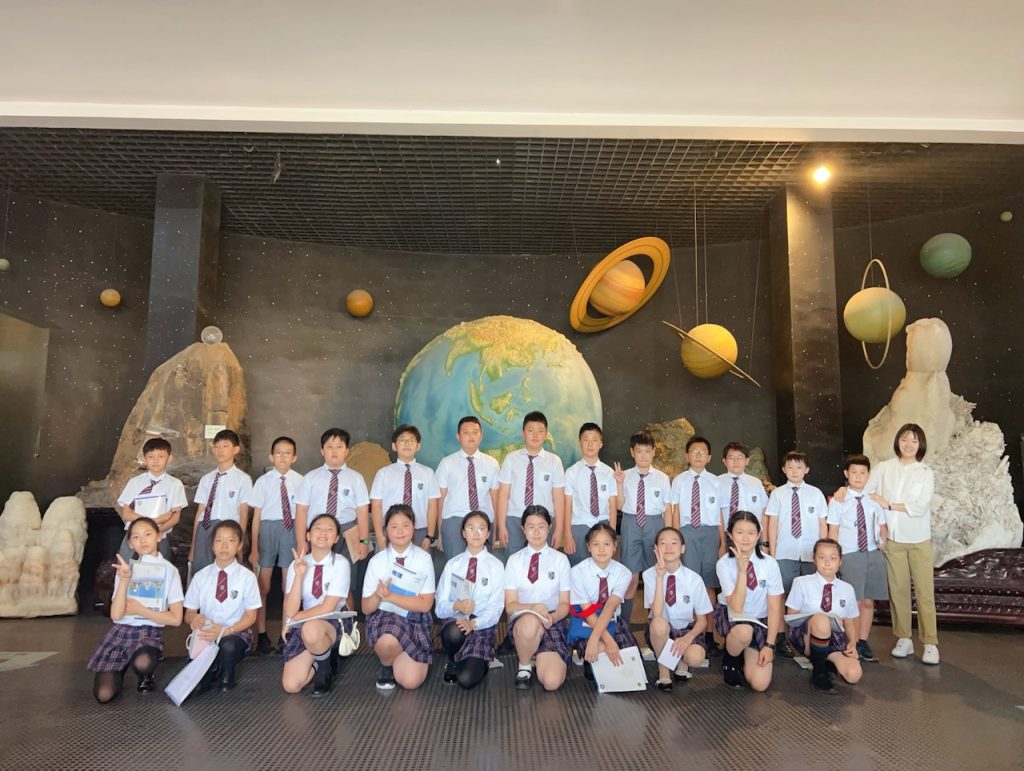
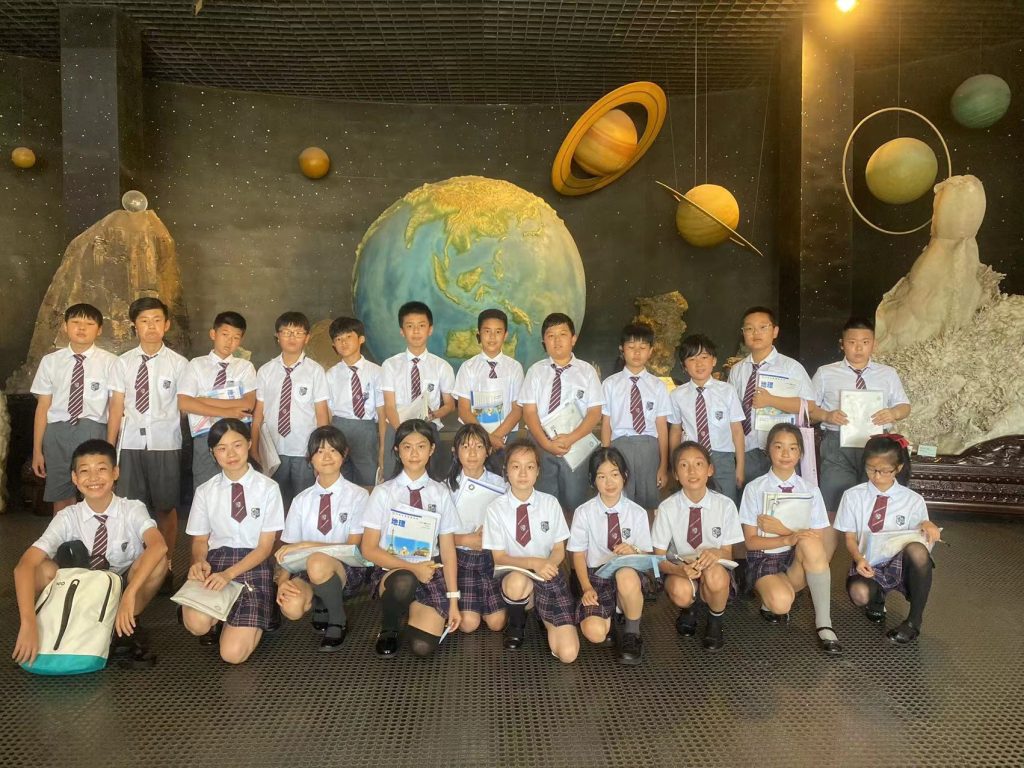
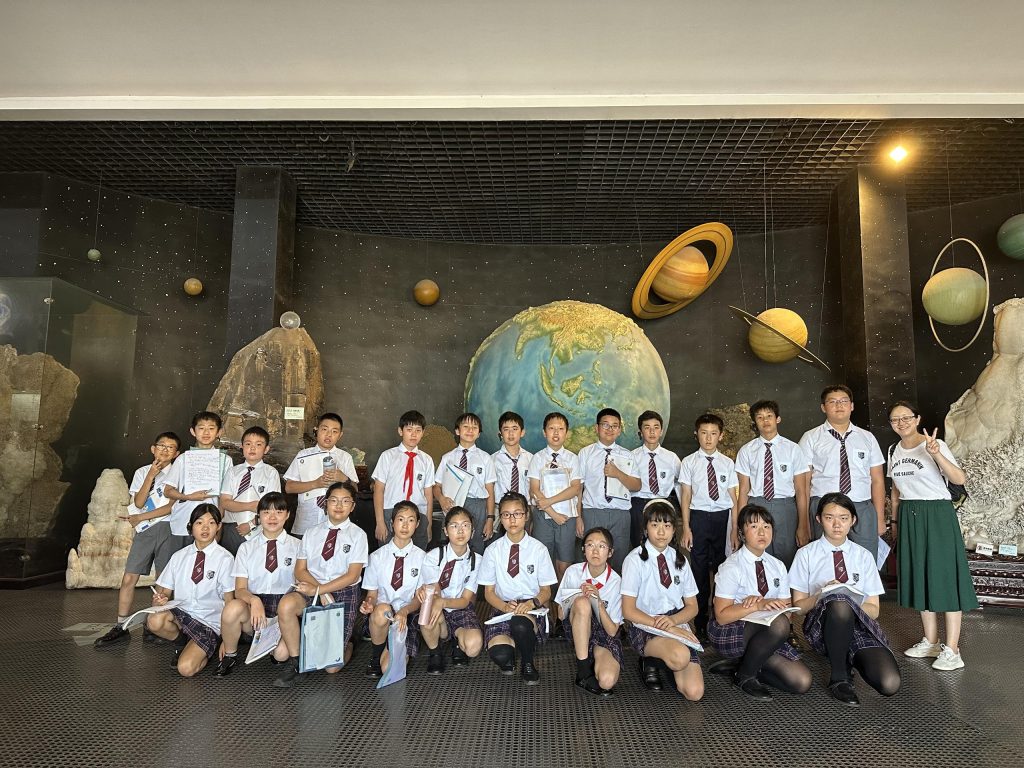
PART.02
GRADE 8
8A 石晓彤
Most of the exhibits in the museum are locomotive components and inscriptions, which bear the marks of time and tell the difficult and great history of railway development a century ago, in the face of obstacles from enemies. They vividly reflect the changes in railway productivity. In addition to the old items, the museum also integrates modern and advanced technology, offering educational projects in which visitors can participate. Our visit to the Shanghai Railway Museum combined knowledge and entertainment, allowing us to gain a deeper understanding of the history of railway development.
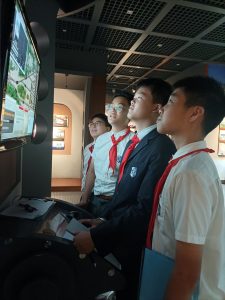
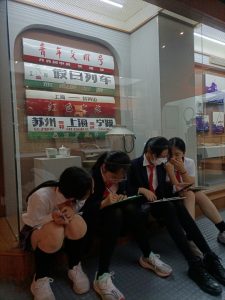
8B 熊濯茹
The Shanghai Railway Museum was completed in 1909 and is a replica of the original Shanghai North Station (Old North Station) on the Shanghai-Nanjing Railway, featuring an English classical architectural style. This museum is like a knowledgeable elder, providing detailed narratives of Shanghai’s railway development. It is also like a notebook, quietly recording the enduring history of Shanghai’s railways and presenting the entire process to future generations.
In addition to precious antique railway equipment, old machinery, and historical photographs, we also experienced entertaining and informative interactive projects for visitors. This makes learning and understanding history no longer dull.
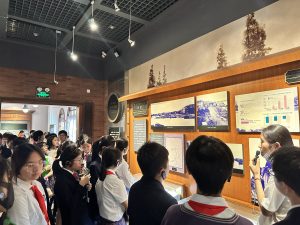
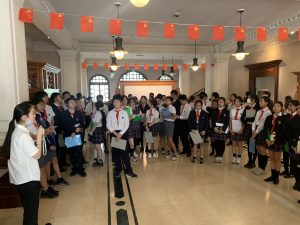
8C孙承悦
We visited the Railway Museum last Thursday, and the entire museum’s tour was arranged along a timeline, providing a deeper understanding of the development of railways.
First, we saw the railways from the late Qing Dynasty. In the exhibition, there was a section of track from the Shanghai-Suzhou Railway built under the leadership of Zhang Zhidong. This was a product of the Self-Strengthening Movement period and has withstood the test of time. We could still feel its former glory, making it an indelible achievement in Chinese railway history.
Then, through a narrow corridor, we saw a brass diving helmet used in the construction of the Wuhan Yangtze River Bridge. Although this helmet is far from today’s advanced technology, it witnessed an important step in China’s transportation development and a moment of glory. It represents the progress of transportation.
Next, we saw modern railways. In the high-speed train models, we observed how China’s railway transportation has continued to advance. Train speeds have increased, the railway network’s coverage has expanded, and we are getting closer to realizing the dreams of Mr. Sun Yat-sen.
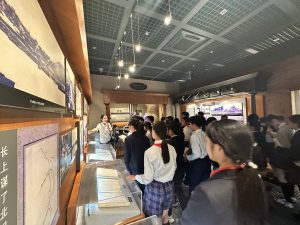
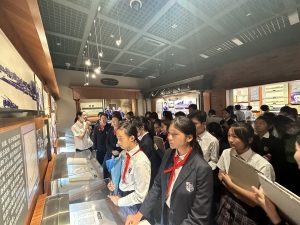
8D张致远
Upon stepping through the gates of the museum, I was overwhelmed by its spectacular exhibits and rich historical materials. The history of the railway can be traced back to the 19th century when it was considered a revolutionary technology. The museum’s exhibits showcase the various stages of this long history to visitors, from the earliest steam trains to modern high-speed trains, each part filled with interest and educational value. The museum displays many exquisite train models that transport you back in time. There are replicas of ancient steam locomotives, which are grand and impressive. There are also scenes from the old train stations, the lives of railway workers, and the process of railway construction, all of which made me feel the enormous impact of the railway on the past century.
In addition to the historical displays, the Shanghai Railway Museum emphasizes the development of railway technology. I learned a lot about railway systems, signal equipment, and train design. These exhibits showed me the continuous evolution of railway technology to adapt to changing needs and eras. I particularly enjoyed the museum’s interactive elements. Visitors can simulate driving a train to understand the experience of a driver and learn about train maintenance work. This interactivity made the tour more enjoyable and deepened my understanding of railway technology.
